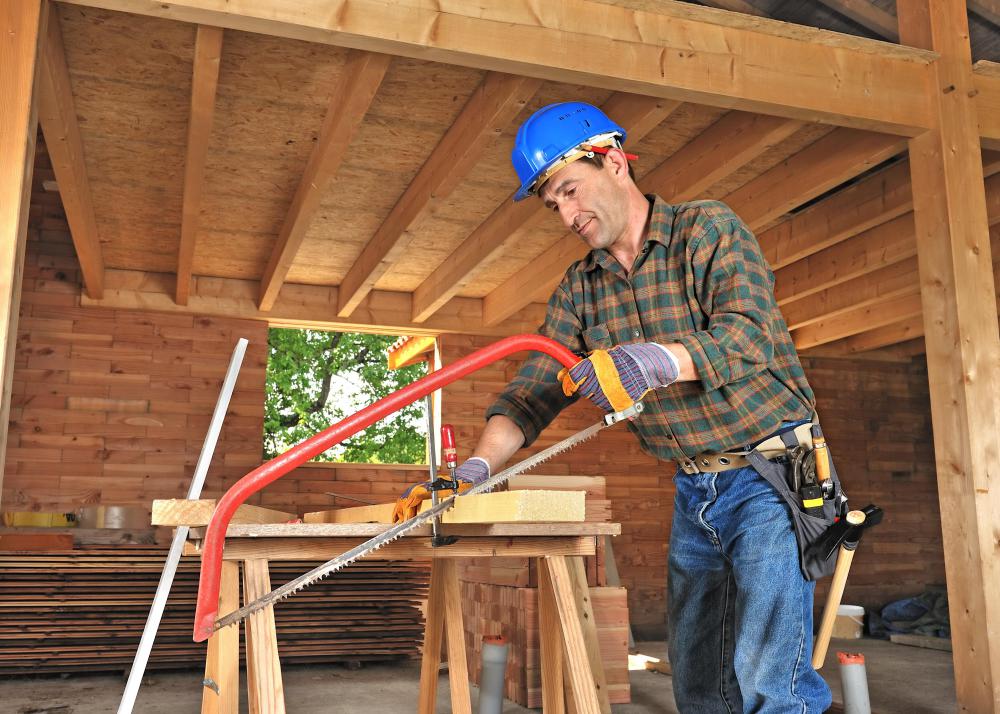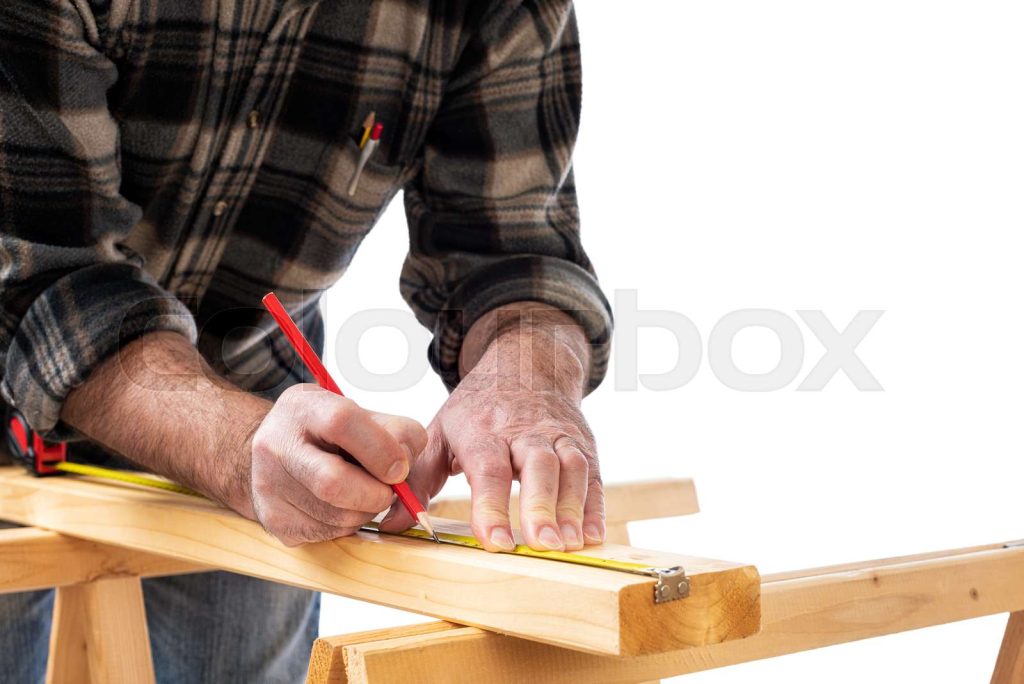In the United States, carpenters play a vital role in construction, renovation, and restoration projects. From building homes to crafting custom furniture, their work is essential in shaping the physical environment we live in. Whether it’s framing a house or installing intricate moldings, carpenters bring architectural designs to life with precision and skill.
This guide explores the daily responsibilities of a carpenter, the different types of carpentry work, and how to pursue a career in this skilled trade.
Understanding the Role of a Carpenter
Carpenters are skilled tradespeople who work with wood and other materials to construct, install, and repair structures and fixtures. Their work ranges from rough framing to finish carpentry, and they use a variety of tools and techniques to cut, shape, and join materials.
Key Responsibilities of a Carpenter
A typical day for a carpenter may involve:
- Planning and collaborating with other construction workers.
- Measuring, cutting, and shaping wood according to blueprints and project plans.
- Installing, assembling, and finishing wooden works such as trim, railings, and cabinetry.
- Repairing and renovating existing structures.
- Ensuring compliance with safety regulations and building codes.
- Maintaining and organizing tools and equipment.
Carpenters must be detail-oriented, physically fit, and able to work in various environments, including outdoor sites and indoor spaces.
Types of Carpentry Work
Carpentry can be divided into two main categories: rough and finish. Each type requires different skills and focuses on different aspects of construction.
Rough Carpentry
Rough carpenters are responsible for the structural framework of buildings. They create the “skeleton” of a structure, including walls, floors, roofs, and beams. This work is crucial in ensuring the stability and integrity of a building.
- Key tasks: Framing walls, installing rafters, and constructing floor systems.
- Tools used: Saws, hammers, and measuring devices.
- Work environment: Typically outdoors or in construction sites.
Finish Carpentry
Finish carpenters focus on the visible elements of a structure, such as moldings, trim, and cabinetry. Their work adds aesthetic value and ensures that the final product is clean and well-finished.
- Key tasks: Installing baseboards, door frames, and window casings.
- Tools used: Measuring tapes, chisels, and sanders.
- Work environment: Often indoors, in residential or commercial settings.
Specialized Carpentry Fields
Beyond the general categories of rough and finish carpentry, there are several specialized fields that carpenters can choose to focus on.
Trim Carpentry
Trim carpenters specialize in installing and repairing trim and molding found on doors, windows, and baseboards. This work requires precision and attention to detail.
- Key tasks: Cutting and fitting moldings, repairing damaged trim.
- Tools used: Miter saws, routers, and clamps.
Cabinetmaking
Cabinetmakers create custom cabinets for both residential and commercial spaces. Their work involves designing, cutting, and assembling cabinets to meet specific client needs.
- Key tasks: Designing cabinets, cutting wood, and installing hardware.
- Tools used: Table saws, drill presses, and router tables.
Green Carpentry
Green carpenters focus on using environmentally-friendly materials and practices. They prioritize sustainability and energy efficiency in their work.
- Key tasks: Using recycled materials, reducing waste, and following eco-friendly building codes.
- Tools used: Hand tools and power tools designed for minimal environmental impact.
Residential and Commercial Carpentry
Residential carpenters work on new home builds and remodels, while commercial carpenters focus on office buildings, malls, and retail stores.
- Residential: Building and renovating homes, installing flooring, and creating custom furniture.
- Commercial: Constructing office spaces, retail stores, and public buildings.
Industrial Carpentry
Industrial carpenters work on large-scale projects such as dams, tunnel bracing, and sewer systems. This field requires advanced skills and experience.
- Key tasks: Constructing and repairing infrastructure, working with heavy machinery.
- Tools used: Large power tools, cranes, and scaffolding.
Career Path and Training
Becoming a carpenter typically involves completing an apprenticeship, gaining qualifications, and receiving on-the-job training. Many carpenters start with a high school diploma or equivalent, followed by vocational training or an apprenticeship program.
Education and Certification
While formal education is not always required, many carpenters pursue vocational training or certification programs. These programs provide hands-on experience and teach essential skills such as:
- Reading blueprints
- Using power tools
- Understanding building codes
- Performing basic math and geometry calculations
Certifications like the Certified Journeyman Carpenter credential can enhance job prospects and open up opportunities for advancement.
Advancement Opportunities
Experienced carpenters may choose to specialize in a particular area, such as cabinetmaking or green carpentry, or pursue leadership roles within their companies. Some carpenters also start their own businesses, offering services to homeowners and contractors.
Earning Potential
Carpenters have the potential to earn good money, with salaries varying based on experience, job responsibilities, and location. Entry-level carpenters can expect a median salary, while those with more experience and additional responsibilities can earn higher incomes.
Factors that contribute to salary differences include:
- The type of job (residential vs. commercial)
- The level of specialization
- The geographic region
Carpenters also enjoy benefits such as job stability, the ability to work with their hands, and the option to be self-employed.
Is Carpentry Right for You?
Carpentry requires a unique set of skills and qualities, including:
- Attention to detail
- Physical strength
- Ability to work with heavy materials
- Comfort with hand and power tools
- Creativity and problem-solving skills
If you enjoy working with wood, have a knack for craftsmanship, and are willing to put in the physical effort, carpentry may be a good fit for you.
Conclusion
Carpenters play a crucial role in the construction industry, bringing architectural designs to life with precision and skill. Whether it’s framing a house or installing intricate moldings, their work is essential in shaping the physical environment we live in.
From rough framing to finish carpentry, there are many paths to explore in this skilled trade. With the right training and dedication, a career in carpentry can be both rewarding and financially stable.
Stay updated with the latest news and trends in the carpentry industry by visiting our website regularly. Explore today’s headlines and discover how carpenters continue to shape the future of construction in the United States.














More Stories
US Trending News: How to Claim Your Joy: A Guide to Finding Happiness and Inner Peace
US Trending News: Explore Www.hobbylobby.com: Your Ultimate Guide to the Official Site
When Is Trick Or Treating in 2024: A Complete Guide for Halloween